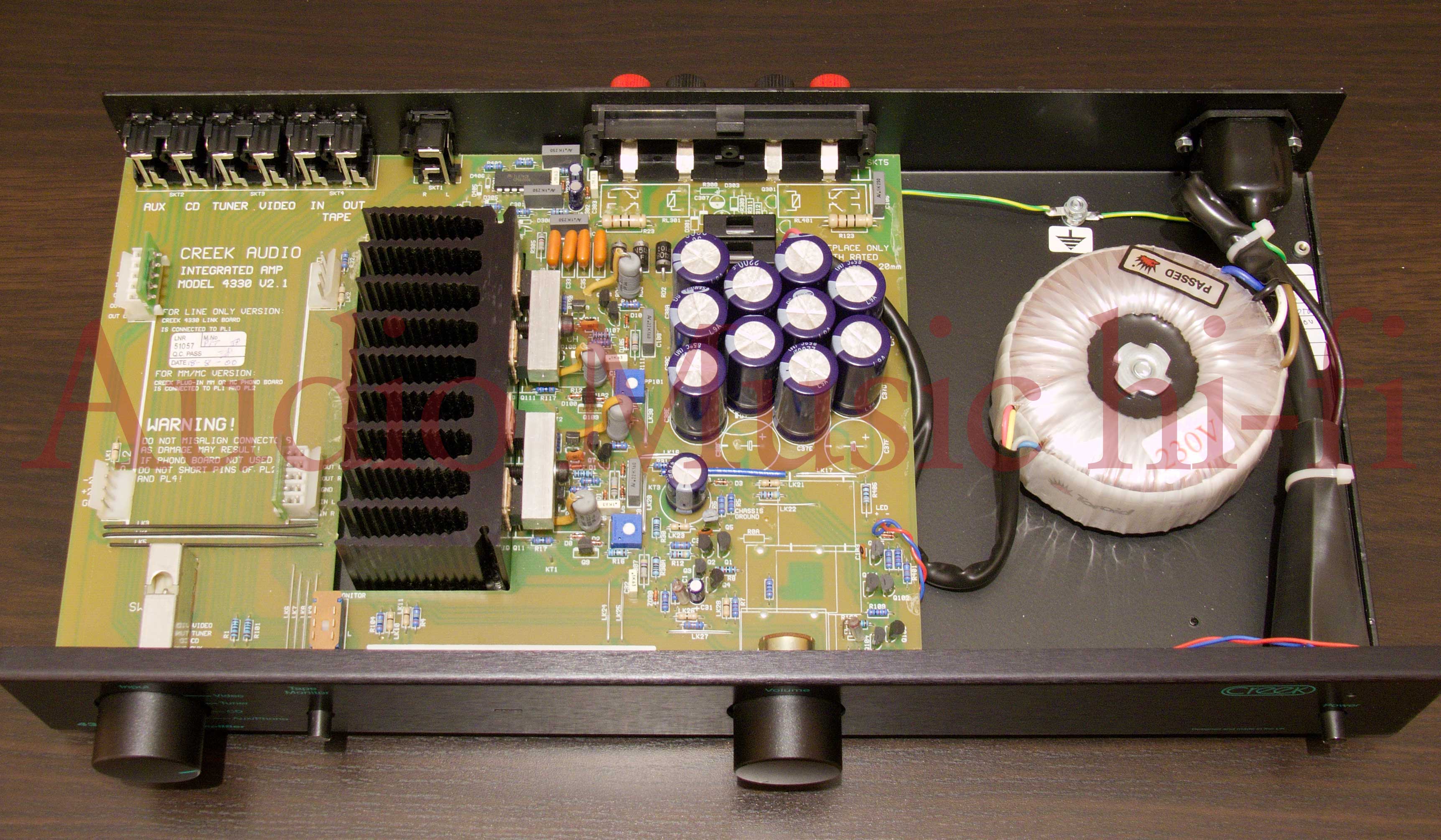Arkless Electronics
Trade: Amp design and repairs.
Am I correct in assuming that rising ESR causes a given capacitor to gradually become more 'reluctant' to accept a charge? In effect, slowing the recharge time/recovery rate to full uF capacity?
I'm afraid the question doesn't make sense...
It's literally as it says, Equivalent Series Resistance. We want a capacitor to be a short circuit to AC and to deliver it's charge from a zero resistance source ideally. ESR spoils this by whatever the amount of ESR a cap has. It's highly frequency dependent and in the case of electrolytics, temperature dependent as well.


 20180112_093836[1]
20180112_093836[1] 20180112_094801[1]
20180112_094801[1]
